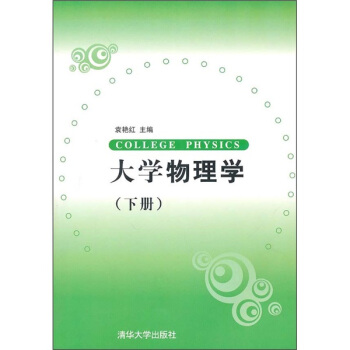![概率论入门 [A Probability Path]](https://pic.tinynews.org/11314934/rBEhWVIxiAAIAAAAAACYpWnL9lEAADFiQAt_-QAAJi9392.jpg)

具体描述
内容简介
《概率论入门》是一部十分经典的概率论教程。1999年初版,2001年第2次重印,2003年第3次重印,同年第4次重印,2005年第5次重印,受欢迎程度可见一斑。大多数概率论书籍是写给数学家看的,漂亮的数学材料是吸引读者的一大亮点;相反地,《概率论入门》目标读者是数学及非数学专业的研究生,帮助那些在统计、应用概率论、生物、运筹学、数学金融和工程研究中需要深入了解高等概率论的所有人员。目录
preface1 sets and events
1.1 introduction
1.2 basic set theory
1.2.1 indicator functions
1.3 limits of sets
1.4 monotone sequences
1.5 set operations and closure
1.5.1 examples
1.6 the a-field generated by a given class c
1.7 bore1 sets on the real line
1.8 comparing borel sets
1.9 exercises
2 probability spaces
2.1 basic definitions and properties
2.2 more on closure
2.2.1 dynkin's theorem
2.2.2 proof of dynkin's theorem
2.3 two constructions
2.4 constructions of probability spaces
2.4.1 general construction of a probability model
2.4.2 proof of the second extension theorem
2.5 measure constructions
2.5.1 lebesgue measure on (0, 1)
2.5.2 construction of a probability measure on r with given distribution function f (x)
2.6 exercises
3 random variables, elements, and measurable maps
3.1 inverse maps
3.2 measurable maps, random elements,induced probability measures
3.2.1 composition
3.2.2 random elements of metric spaces
3.2.3 measurability and continuity
3.2.4 measurability and limits
3.3 σ-fields generated by maps
3.4 exercises
4 independence
4.1 basic definitions
4.2 independent random variables
4.3 two examples of independence
4.3.1 records, ranks, renyi theorem
4.3.2 dyadic expansions of uniform random numbers
4.4 more on independence: groupings
4.5 independence, zero-one laws, borel-cantelli lemma
4.5.1 borel-cantelli lemma
4.5.2 borel zero-one law
4.5.3 kolmogorov zero-one law
4.6 exercises
5 integration and expectation
5.1 preparation for integration
5.1.1 simple functions
5.1.2 measurability and simple functions
5.2 expectation and integration
5.2.1 expectation of simple functions
5.2.2 extension of the definition
5.2.3 basic properties of expectation
5.3 limits and integrals
5.4 indefinite integrals
5.5 the transformation theorem and densities
5.5.1 expectation is always an integral on r
5.5.2 densities
5.6 the riemann vs lebesgue integral
5.7 product spaces
5.8 probability measures on product spaces
5.9 fubini's theorem
5.10 exercises
6 convergence concepts
6.1 almost sure convergence
6.2 convergence in probability
6.2.1 statistical terminology
6.3 connections between a.s. and j.p. convergence
6.4 quantile estimation
6.5 lp convergence
6.5.1 uniform integrability
6.5.2 interlude: a review of inequalities
6.6 more on lp convergence
6.7 exercises
7 laws of large numbers and sums of independent random variables
7.1 truncation and equivalence
7.2 a general weak law of large numbers
7.3 almost sure convergence of sums of independent random variables
7.4 strong laws of large numbers
7.4.1 two examples
7.5 the strong law of large numbers for lid sequences
7.5.1 two applications of the slln
7.6 the kolmogorov three series theorem
7.6.1 necessity of the kolmogorov three series theorem
7.7 exercises
8 convergence in distribution
8.1 basic definitions
8.2 scheff6's lemma
8.2.1 scheff6's lemma and order statistics
8.3 the baby skorohod theorem
8.3.1 the delta method
8.4 weak convergence equivalences; portmanteau theorem
8.5 more relations among modes of convergence
8.6 new convergences from old
8.6.1 example: the central limit theorem for m-dependent random variables
8.7 the convergence to types theorem
8.7.1 application of convergence to types: limit distributions for extremes
8.8 exercises
9 characteristic functions and the central limit theorem
9.1 review of moment generating functions and the central limit theorem
9.2 characteristic functions: definition and first properties.
9.3 expansions
9.3.1 expansion of eix
9.4 moments and derivatives
9.5 two big theorems: uniqueness and continuity
9.6 the selection theorem, tightness, and prohorov's theorem
9.6.1 the selection theorem
9.6.2 tightness, relative compactness, and prohorov's theorem
9.6.3 proof of the continuity theorem
9.7 the classical clt for iid random variables
9.8 the lindeberg-feller clt
9.9 exercises
10 martingales
10.1 prelude to conditional expectation:the radon-nikodym theorem
10.2 definition of conditional expectation
10.3 properties of conditional expectation
10.4 martingales
10.5 examples of martingales
10.6 connections between martingales and submartingales
10.6.1 doob's decomposition
10.7 stopping times
10.8 positive super martingales
10.8.1 operations on supermartingales
10.8.2 upcrossings
10.8.3 boundedness properties
10.8.4 convergence of positive super martingales
10.8.5 closure
10.8.6 stopping supermartingales
10.9 examples
10.9.1 gambler's ruin
10.9.2 branching processes
10.9.3 some differentiation theory
10.10 martingale and submartingale convergence
10.10.1 krickeberg decomposition
10.10.2 doob's (sub)martingale convergence theorem
10.11 regularity and closure
10.12 regularity and stopping
10.13 stopping theorems
10.14 wald's identity and random walks
10.14.1 the basic martingales
10.14.2 regular stopping times
10.14.3 examples of integrable stopping times
10.14.4 the simple random walk
10.15 reversed martingales
10.16 fundamental theorems of mathematical finance
10.16.1 a simple market model
10.16.2 admissible strategies and arbitrage
10.16.3 arbitrage and martingales
10.16.4 complete markets
10.16.5 option pricing
10.17 exercises
references
index
前言/序言
用户评价
这本书的练习题设计得非常巧妙,既有基础的概念巩固题,也有一些需要综合运用知识的难题。我特别喜欢那些“思考题”,它们往往不是直接给出数据让你套用公式,而是需要你对题目中的情境进行分析,判断应该使用哪种概率模型,或者如何设置随机变量。这些题目很有挑战性,但一旦解出来,会有一种豁然开朗的感觉。我在做题过程中,也经常会回头翻阅前面的讲解,发现书中的论述总是能为解题提供思路。作者在提供答案的时候,也会给出详细的解题步骤和思路分析,这对于我这种自学的人来说非常重要。有时候,我会发现自己虽然得到了正确答案,但思路却走了弯路,通过对照答案的解析,我能学到更简洁、更有效的解题方法。书的最后部分,还包含了一些概率论在实际生活中的应用案例,比如金融风险管理、医学诊断、机器学习等。这些案例让我对概率论的价值有了更深刻的认识,也激发了我进一步学习的兴趣。它让我觉得,我学的不仅仅是理论,更是解决实际问题的工具。
评分总的来说,这本书的叙述风格是那种既有条理又不失灵活的。它不像某些过于严谨的学术著作那样一本正经,也不像某些为了追求趣味而过于简化、忽略细节的科普读物。作者的语言流畅自然,能够有效地将复杂的概念转化为易于理解的文字。我在阅读过程中,几乎没有遇到因为语言障碍而产生的理解困难。书中的术语解释清晰准确,并且会引用一些经典的文献作为参考。我特别喜欢作者在讲解一些“为什么”的问题时,所提供的深入思考。比如,为什么随机性在某些情况下是无法避免的,以及我们应该如何在这种不确定性中做出决策。这本书的结构安排也十分合理,每个章节的主题都相对集中,循序渐进。章节之间有很好的过渡,不会让人觉得突兀。它让我体会到,学习一门学科,不仅仅是记住知识点,更重要的是理解知识点之间的联系,以及它们在更广阔的领域中的意义。这本书就像一位经验丰富的向导,带领我一步步踏上了概率论的探索之旅,让我对这个领域充满了好奇和信心。
评分这本书在数学严谨性和趣味性之间找到了一个很好的平衡点。虽然我不是数学专业出身,但通过阅读这本书,我能够理解一些重要的概率概念的数学推导过程。作者在推导过程中,会适当地给出一些数学背景知识的解释,避免了直接跳跃式的证明,让过程显得更加清晰。例如,在讲解条件概率和贝叶斯定理的时候,作者并没有一开始就抛出复杂的公式,而是先从一个具体的“先验知识”和“新证据”更新信念的例子入手,让读者体会到贝叶斯定理的直观意义。然后,再逐步引入数学符号和推导,让抽象的数学语言与直观的理解相结合。我尤其赞赏的是,作者会提醒读者注意一些容易混淆的概念,比如独立事件和互斥事件的区别,概率和似然度的不同之处。这些细微的提示对于巩固理解非常重要。另外,书中穿插了一些历史故事,介绍了一些著名概率学家(比如费马、帕斯卡)的贡献,这不仅增加了阅读的趣味性,也让我对概率论的发展历程有了更深的认识。它让我觉得,这些枯燥的公式背后,是人类智慧不断探索的火花。
评分当我翻到中间章节的时候,发现作者并没有停留在浅尝辄止的介绍。在一些基础概念铺垫好之后,这本书开始深入讲解一些核心的概率分布。我印象比较深刻的是关于“泊松分布”的解释,它被用来描述在一定时间内或空间内某个事件发生的平均次数。作者举了一个非常经典的例子,就是统计火车站每天进站的火车数量。他详细地分析了为什么在这个场景下泊松分布是适用的,以及它的参数是如何确定的。更重要的是,作者并没有直接给出公式,而是通过对现象的观察和推理,一步步引导读者去理解泊松分布的逻辑。我还注意到,作者在讲解每一个分布的时候,都会强调它的应用场景,比如正态分布在自然科学和社会科学中的普遍性,二项分布在重复独立试验中的作用等等。这让我明白了学习这些分布不仅仅是为了解题,更是为了能够更好地理解和分析现实世界中的各种现象。书中的图表也很多,它们以一种直观的方式展示了不同概率分布的形状和特点,比如正态分布的钟形曲线,即使对数学不那么敏感的人也能一眼看出其规律。这种图文并茂的方式极大地增强了我的理解效率。
评分这本书的封面设计挺别致的,蓝色的背景,点缀着一些像星辰轨迹一样的白色线条,很有宇宙的神秘感,也恰好契合了“概率”这个概念所包含的不确定性和可能性。我拿到这本书的时候,第一感觉是它看起来不像一本枯燥的学术教材。书的纸张质感也很好,摸起来舒服,字迹清晰,排版也比较宽松,读起来不会有压迫感。书的开篇并没有直接切入复杂的公式和定理,而是从一些生活中的例子入手,比如抛硬币、掷骰子,甚至是一些更具象的场景,比如天气预报的准确率。这种循序渐进的方式让我觉得学习过程是比较平缓的,不像有些书一上来就让你头晕目眩。我特别喜欢作者在解释一些基本概念时所使用的类比,很多时候能帮助我一下子就抓住核心。比如,在讲到“事件”的时候,作者可能会用“今天下不下雨”作为一个事件,然后用不同的天气模型来描述这个事件发生的可能性,这种生活化的例子让我觉得概率论离我们并不遥远,也不是高高在上的学科。整体来说,这本书给我的第一印象是“友好”和“易懂”,它似乎在告诉读者,概率论并没有想象中那么难,而是一门充满趣味和解释力的学科。
评分很不错。。。。。。。。。。
评分我想 Jaynes 提出广义逻辑的意义在于它可以将概率论(用广义逻辑来理解,概率论和统计学本质上是没差的)纳入纯粹的数学知识体系, 或者说是逻辑推理,这样就能说得清了,就能找到最优解了,不像传统的概率统计学因为不能从一些基本的假设一致地推导出来,它的应用总是上下文相关的,人们总是针对一类问题特别地设定一些直观的假设,比如关于扔硬币的问题就假设扔无数次有一半是正面朝上的而关于从黑箱中拿球的问题又得重新假设拿球无数次有7/10次拿出的是红球,总之感觉很不靠谱。可是我们要让建立的理论有实用价值就必须去研究自然物理或社会经济的定律,不然就只是一些空中楼阁里的思维游戏,因此我们需要一套方法来分析得到的数据,我们希望建立有实际意义的抽象模型。抽象模型一旦建立,我们就可以进行纯粹的抽离的逻辑推理(deductive reasoning),这是一个自由的快乐的过程,你可以赋予它任何含义而不必理会任何现实环境。试想如果连建立抽象模型的过程(inductive reasoning)也能这样,那就是神了!比如我们想研究现在的通货膨胀问题,希望能建立起有效的抽象模型(这样我们就能做预测做优化等等一系列控制),就要采集数据。我们会发现这是一个复杂的过程,因为数据本身未必可信(在物理实验里这可能是因为数据里含有未知的误差,而在经济分析中我想这主要是由于人的不确定因素), 用传统的狭义逻辑(有效|无效数据)没办法建立有效的模型,而广义逻辑就是用来描述数据(或一个命题,说这一季度的通胀率是多少多少)的可信度(plausibility)的。
评分印刷质量一般,但是性价比非常高
评分很好的
评分不错不错不错不错不错不错不错不错
评分面向非数学专业的入门书,挺好。
评分集合和测度论基础,Lebesgue积分,属于概率论的一部中阶教材。
评分很好的基于测度论的概率论教材
评分现在回过头来再看看这本书的前言,只能说,庆幸自己能看到 E. T. Jaynes 的这本了用半个世纪完成的著作。因为就在几年前的概率论课上我学的还是那种由一些基本的奇怪的论述构建起的令人十分不安的理论,比如说扔一个均匀硬币头朝上的概率是二分之一(你要证实这一点只要扔无数次就知道了),再比如从一个有7个红球和3个白球的黑箱中拿到红球的概率是7/10诸如此类的经典论述,还有那难懂的随机变量。我想这样的不安是因为与其它的数学理论相比,传统的概率论不是从一个简单的一致的假设出发推导出来的,而是基于人们的直观判断(我们都会接受“扔均匀硬币头朝上的概率是二分之一”这样的论述,虽然它永远无法被证实)。所有这些传统概率论的基础其实都是从测量频率的物理实验中得出的一些直观论断,这种根本上的无法清楚的解释使得这种概率论以及由此建立的统计学从来不能像其它数学理论那样从自然或社会中抽离出来。
相关图书
本站所有内容均为互联网搜索引擎提供的公开搜索信息,本站不存储任何数据与内容,任何内容与数据均与本站无关,如有需要请联系相关搜索引擎包括但不限于百度,google,bing,sogou 等
© 2025 book.tinynews.org All Rights Reserved. 静思书屋 版权所有

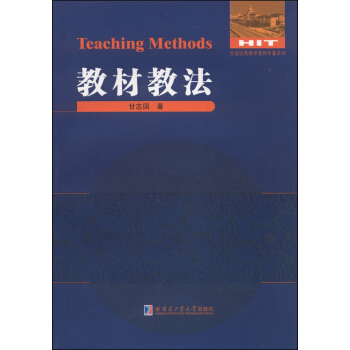
![典藏:房龙地理(原版插图) [Van Loon's Geography: The Story of the World We Live In] pdf epub mobi 电子书 下载](https://pic.tinynews.org/11612642/54afb145Nf63e8ffd.jpg)
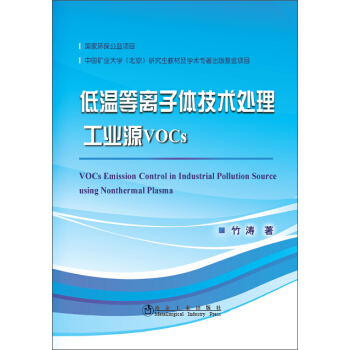
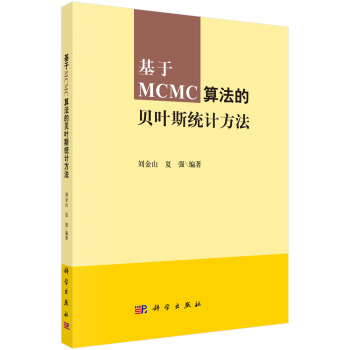


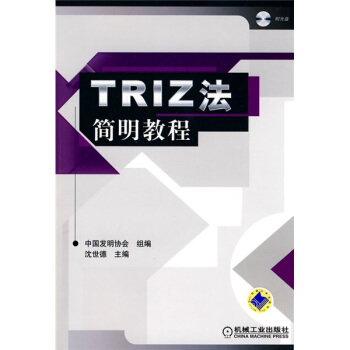





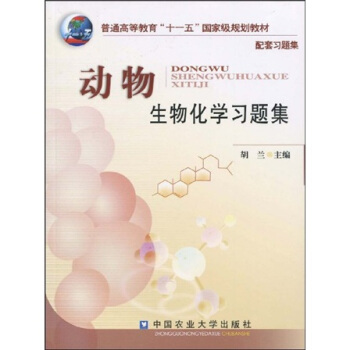
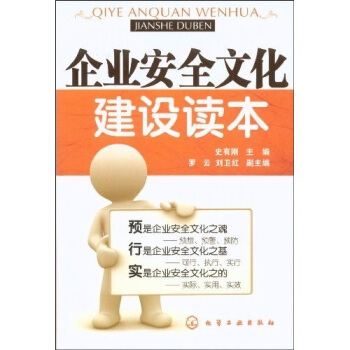
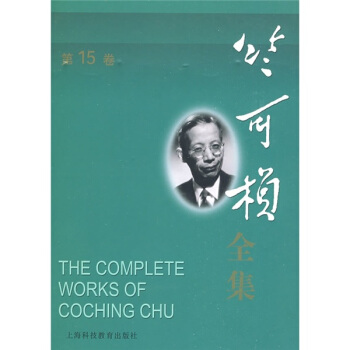

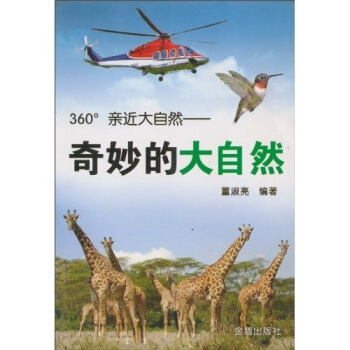

![不确定性 [Uncertainty] pdf epub mobi 电子书 下载](https://pic.tinynews.org/10377470/7b47407b-12a1-4b1a-ab90-d1d801e94eed.jpg)
